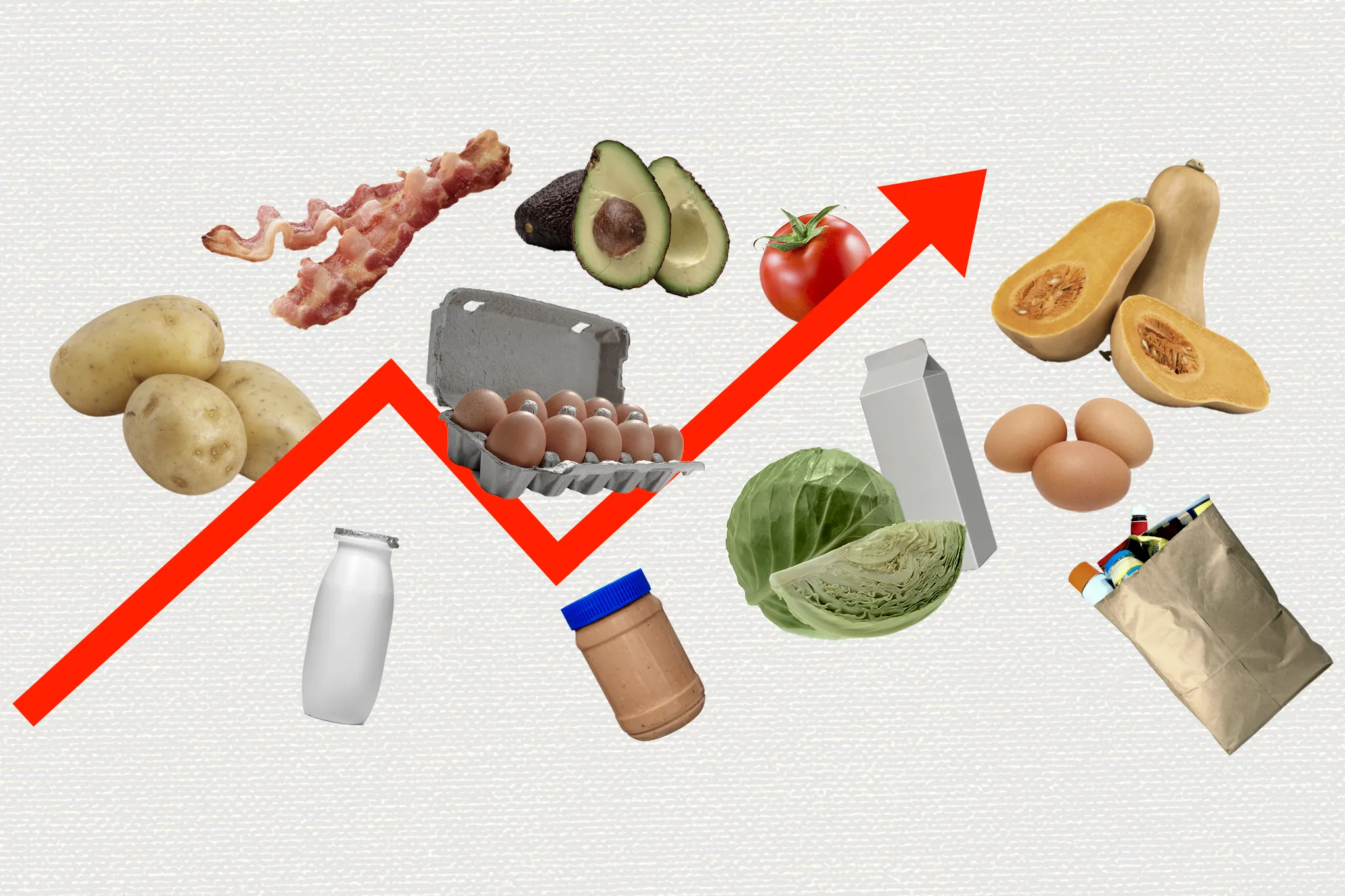
Why Are Grocery Prices Still So High? Causes Explained: Complete Guide
In recent years, grocery prices have become a significant concern for many households. Despite some stabilization, high food prices continue to strain budgets. This comprehensive guide explores why grocery prices are still so high, examining the causes and potential future trends. We'll delve into rising food costs, expensive groceries, and the factors driving these increases, providing a clear understanding of the current economic landscape.
Economic Factors Influencing Grocery Prices
Economic factors play a crucial role in determining grocery prices. Inflation, supply chain disruptions, and consumer demand are key elements that influence the cost of food. Understanding these factors helps explain why grocery prices remain elevated.
Impact of Inflation on Food Prices
Inflation has been a persistent issue affecting grocery prices. As the cost of living increases, so do the prices of essential goods, including food. Inflation erodes purchasing power, making groceries more expensive for consumers.
Supply Chain Challenges
Supply chain disruptions have significantly impacted food prices. From transportation delays to labor shortages, these challenges have increased costs for producers and retailers, ultimately affecting consumers at the checkout.
Market Trends and Consumer Behavior
Market trends and consumer behavior also contribute to high grocery prices. Changes in consumer preferences and market dynamics can lead to fluctuations in food costs.
Shifts in Consumer Demand
Consumer demand has shifted towards healthier and more sustainable food options. This shift often results in higher prices as producers adapt to meet these new preferences, impacting overall grocery costs.
Retailer Pricing Strategies
Retailers employ various pricing strategies to maximize profits. These strategies, including dynamic pricing and premium product offerings, can lead to higher grocery prices for consumers.
Global Influences on Food Prices
Global events and policies have a significant impact on food prices. Trade agreements, climate change, and geopolitical tensions are factors that can drive up costs.
Trade Policies and Tariffs
Trade policies and tariffs can affect the cost of imported goods, including food. Changes in these policies can lead to price increases, impacting grocery bills.
Climate Change and Agricultural Output
Climate change affects agricultural output, leading to fluctuations in food supply. Extreme weather events can disrupt production, resulting in higher prices for consumers.
Future Outlook for Grocery Prices
Looking ahead, several factors will influence the future of grocery prices. Understanding these elements can help consumers prepare for potential changes in food costs.
Technological Advancements in Agriculture
Technological advancements in agriculture may help stabilize food prices. Innovations in farming techniques and supply chain management could lead to more efficient production and distribution.
Economic Recovery and Consumer Spending
As the economy recovers, consumer spending patterns may shift. Increased spending power could lead to higher demand for groceries, potentially affecting prices.
Conclusion
In conclusion, grocery prices remain high due to a combination of economic factors, market trends, and global influences. While some stabilization may occur, consumers should remain vigilant and informed about potential changes. By understanding the causes of high food prices, individuals can make better purchasing decisions and adapt to future market conditions. Stay informed and explore strategies to manage your grocery budget effectively.